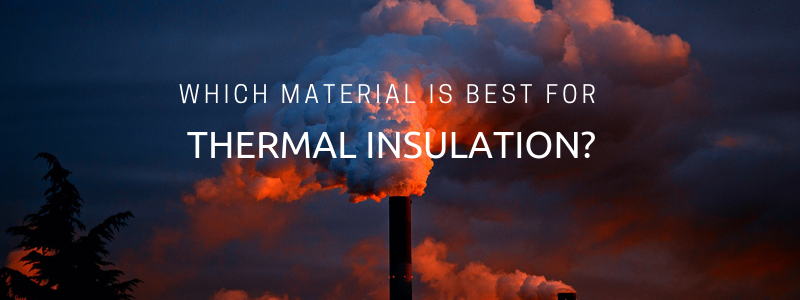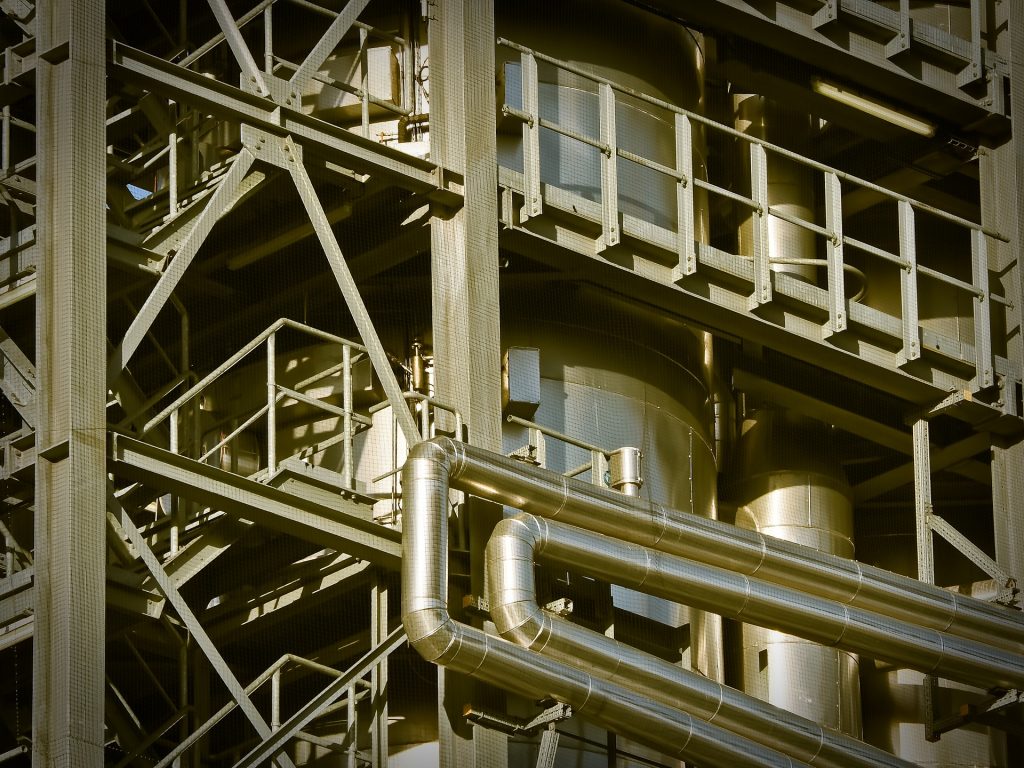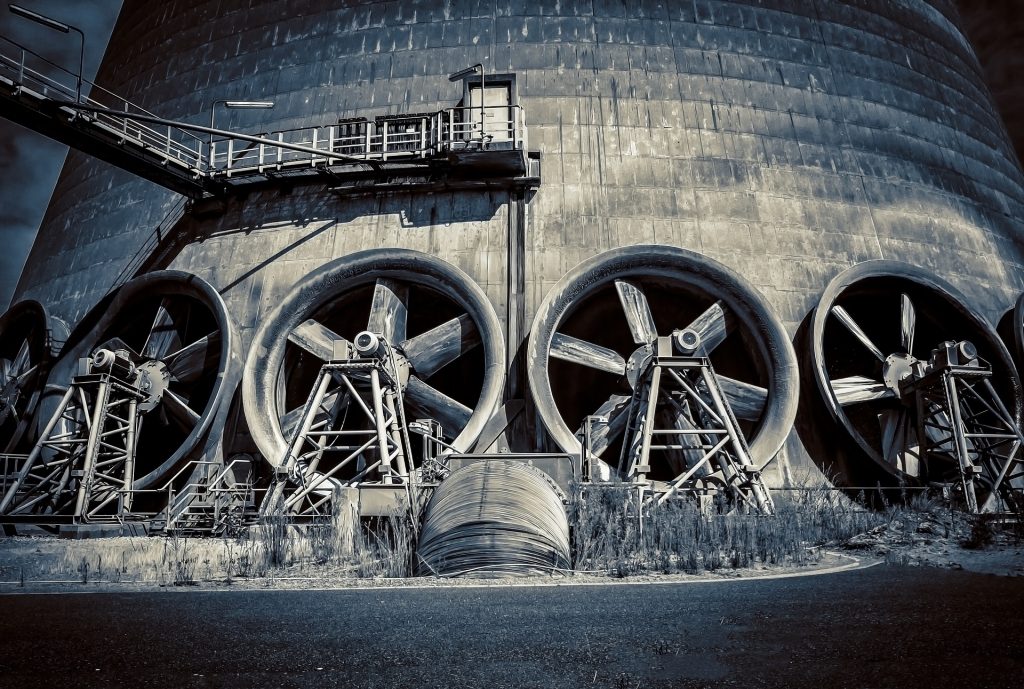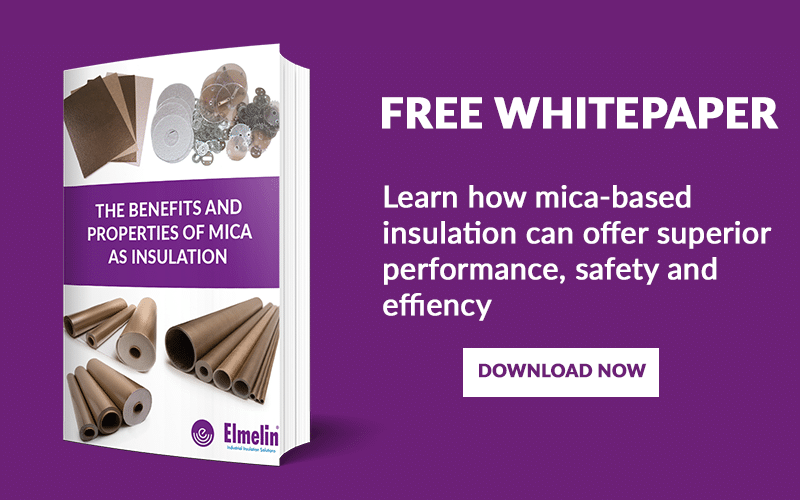
Thermal Insulation: Which Material is Best?
In most manufacturing processes, after raw materials, the most costly element involved is energy, which is why thermal insulation is critical. When it comes to the bottom line, thermal insulation is a valuable investment. It helps reduce a business’s operating costs and its carbon footprint, and drive the efficiency of its processes.
There are various materials used in thermal insulation, across a broad range of industrial and commercial applications, but the key issues they are all there to address are the same: to reduce the amount of energy used or lost; to promote sustainability through reducing CO2 emissions; and to improve overall efficiency and safety. The results should be improved productivity and, ultimately, profitability.
Thermal insulation materials must be heat and fire resistant, but also be highly adaptable to a wide variety of settings and circumstances.
One such material is mica, a naturally occurring mineral, but there are also others.
Fibreglass in Thermal Insulation
This is a commonly used insulation material. It can minimise heat-transfer, and it is non-flammable. Fibreglass comes in blankets or sheets. It is easy to install, cost-effective and can be easily compressed to seal uneven surfaces.
However, the big downside to fibreglass is that it is potentially dangerous to handle. Because it made of finely woven silicon material, its powder residue and tiny fibres can irritate the eyes, lungs and skin.
Therefore, proper safety equipment is essential for anyone handling fibreglass as a thermal insulating material.

Cellulose As A Thermal Insulator
While cellulose is used in the manufacture of clothes and paper, and is an important constituent in what we eat, it is also a thermal insulation material.
Because, as an insulator, it is made from recycled cardboard, paper and similar materials, it is very eco-friendly. It is fire-resistant because it is so compact that it contains virtually no oxygen.
It is seen as an alternative to fibreglass because it is greener and less likely to be hazardous, though some people may be allergic to dust from the recycled paper it uses.
Is Mineral Wool a Good Thermal Insulator?
Mineral wool is an umbrella term for several different types of thermal insulation. It can be rock wool which comes from basalt; or it may mean slag wool, which is a by-product of steel production, from, iron-ore waste.
Mineral wool is moisture-resistant and acoustically insulating. Mineral wool is not combustible, and can be effective in insulating large areas when used with other more fire resistant forms of insulation. However, on its own, it does not contain fire resistant additives, and so may not always be ideal for situations involving extreme heat.
Like other forms of thermal insulation, it requires protective gear for handling because of the tiny slivers it produces, which can cause lung disease if inhaled, or irritate the skin.

Does Polyurethane Foam Work as An Insulator?
Nowadays using non-chlorofluorocarbon gas as a spraying agent, polyurethane foam is a low-density form of thermal insulation that is fire resistant and easy to apply to hard-to-reach areas, and will not damage the ozone layer during application.
It is widely used for thermal insulation in buildings, but can have certain disadvantages when applied. This arise from when the spray foam is not dense enough, or is not sufficiently applied to cover all the necessary areas requiring insulation.
It can also sometimes contract and pull away from framing.
Polystyrene in Thermal Insulation
Coming in two types, expanded and extruded (also known as Styrofoam), polystyrene is thermoplastic and is used as an insulation material for both sound and temperature. Typically, it is cut into blocks, but it is flammable unless first coated in a fireproofing chemical. Because it comes in blocks, it is less adaptable for a range of insulation applications, when compared to some other forms of thermal insulation.
Mica in Thermal Insulation
Mica has natural thermal resistance, and it is extremely versatile, making it suitable across a broad spectrum of industries.
It is a family of silicate minerals, which form in layers. They are strong but lightweight, and, vitally, they are highly heat-resistant and will not conduct electricity.

The two types of mica used in thermal insulation are muscovite (white) mica and phlogopite (green) mica.
Mica is used in heat shields for cars and planes, for example, and in consumer appliances such as hairdryers and toasters; but it also lines gas and oil pipes, and furnaces processing different metals.
In fact, its applications are so broad that an important part of our work is prototyping, where we test new products and processes, which use mica.
As a thermal insulation product, mica takes many different forms. It comes in flexible laminate sheets and rolls, but it also can be formed into rigid, specially cut shapes for industrial tooling purposes.
What Thermal Insulation Will Work for You?
For manufacturers, there is a choice of thermal insulation materials. However, as a thermal insulation material, mica itself provides a huge range of options and applications, supporting many different industries and sectors.
Please call us on +44 20 8520 2248 for more information. Alternatively, you can email sales@elmelin.com, or complete our online enquiry form. We’ll get back to you as soon as possible.

